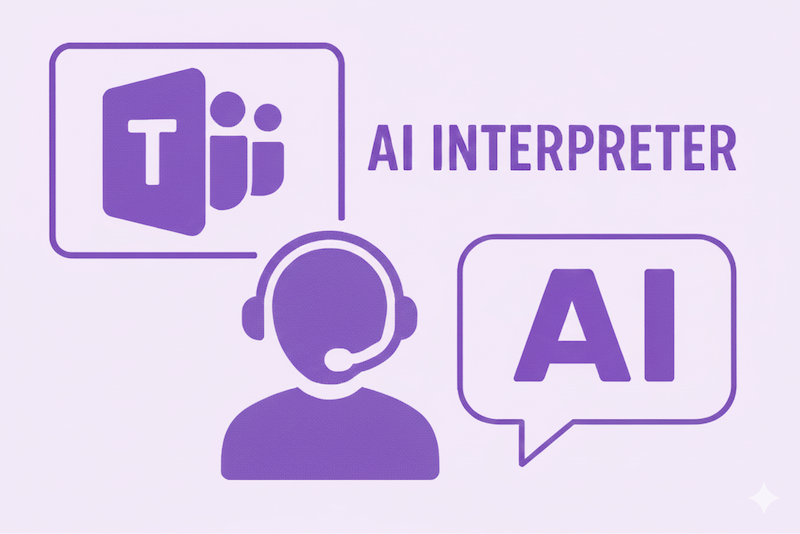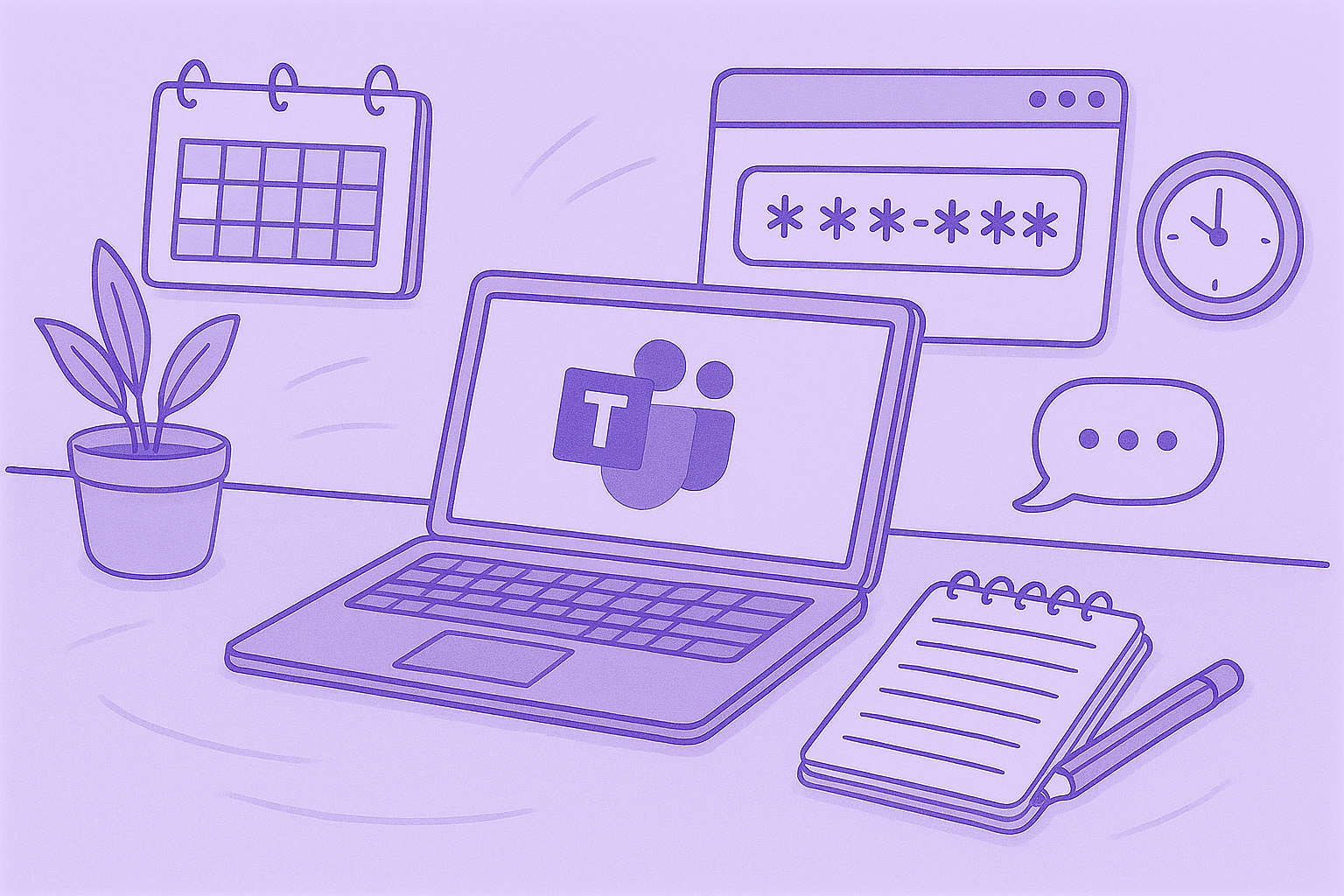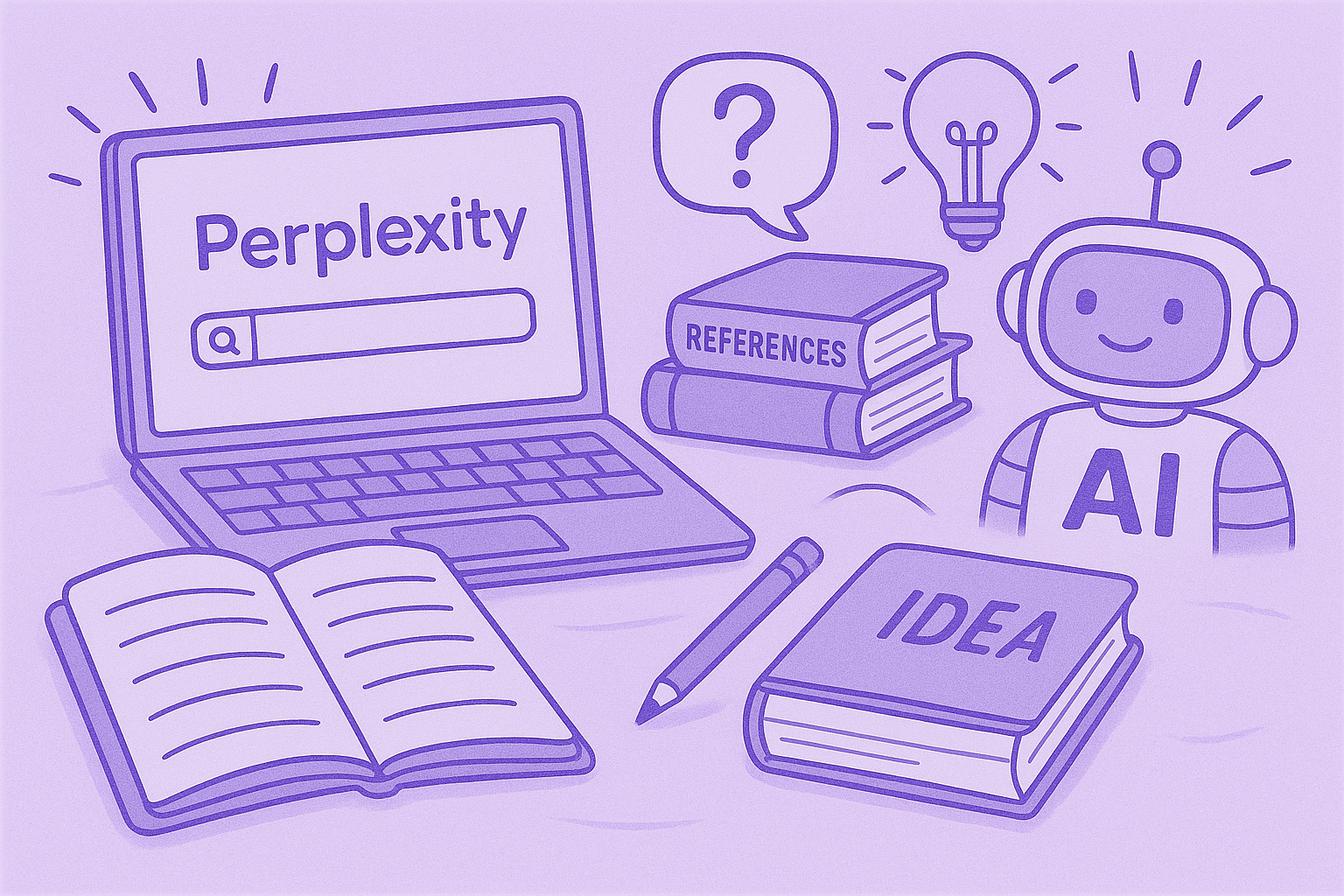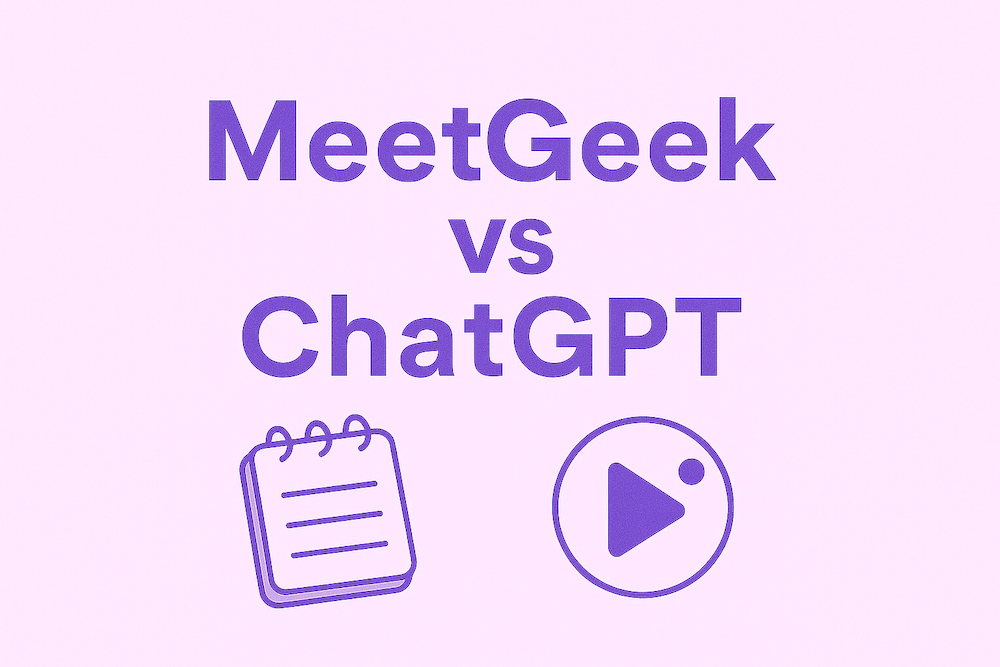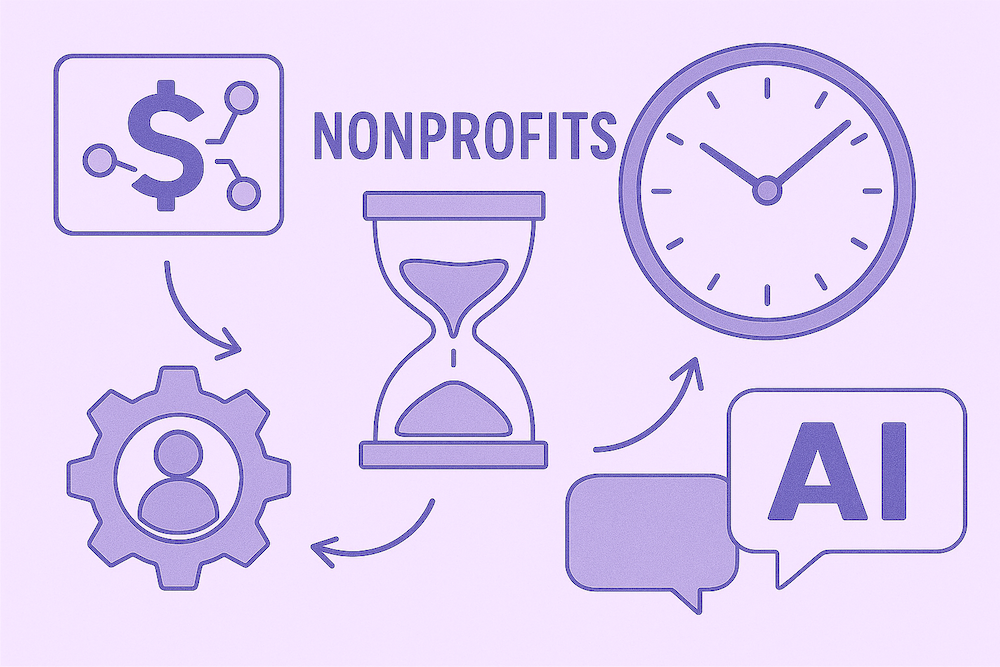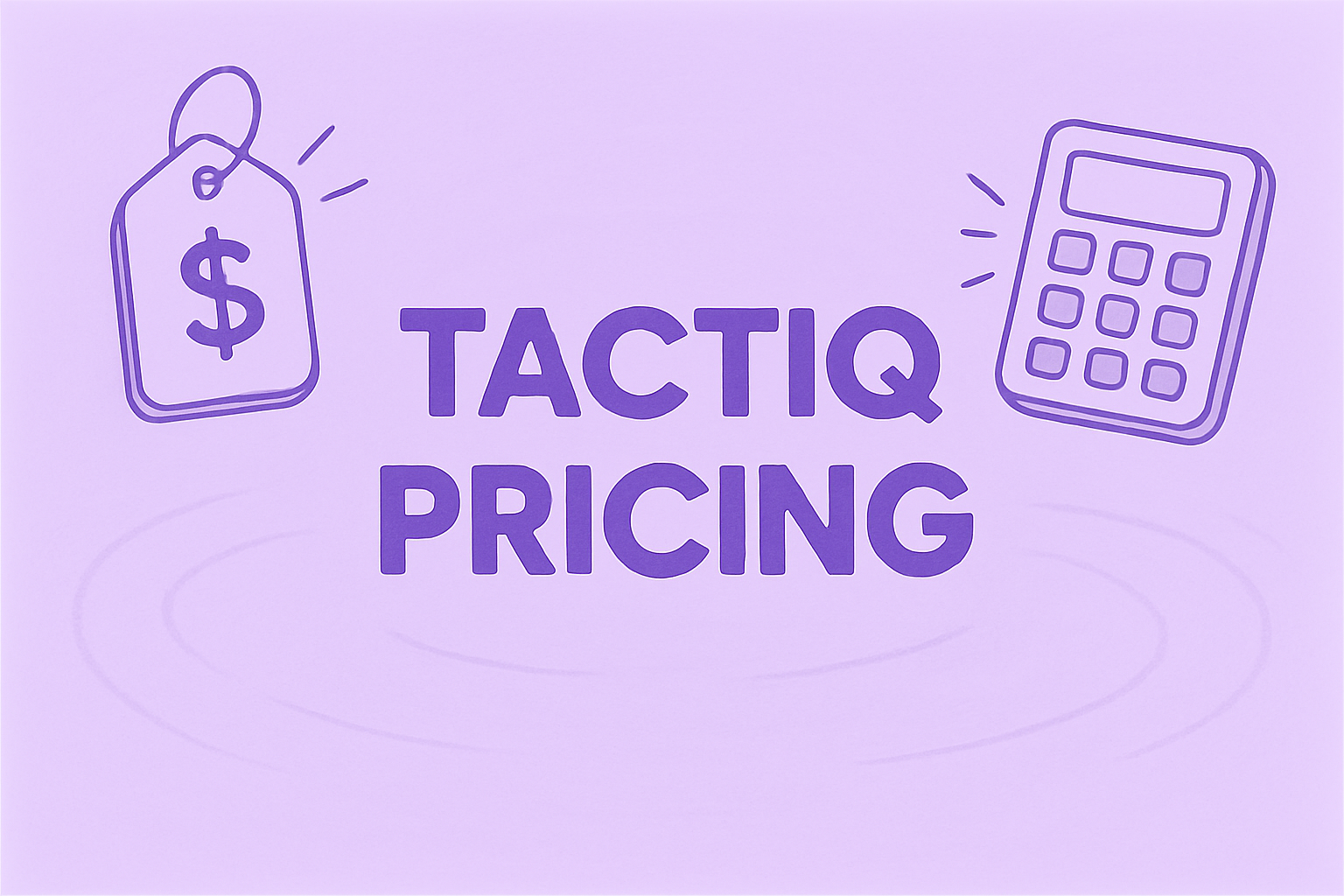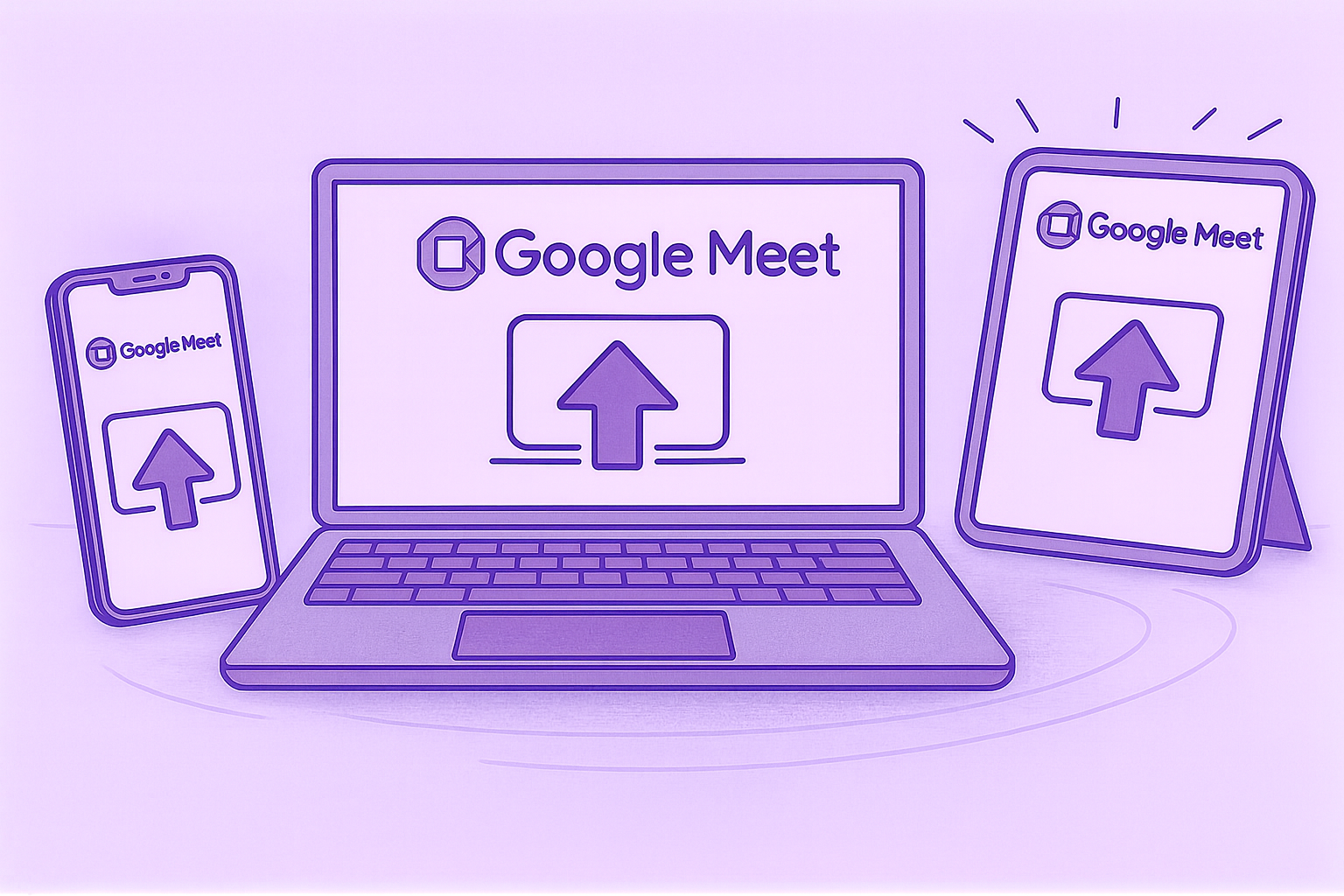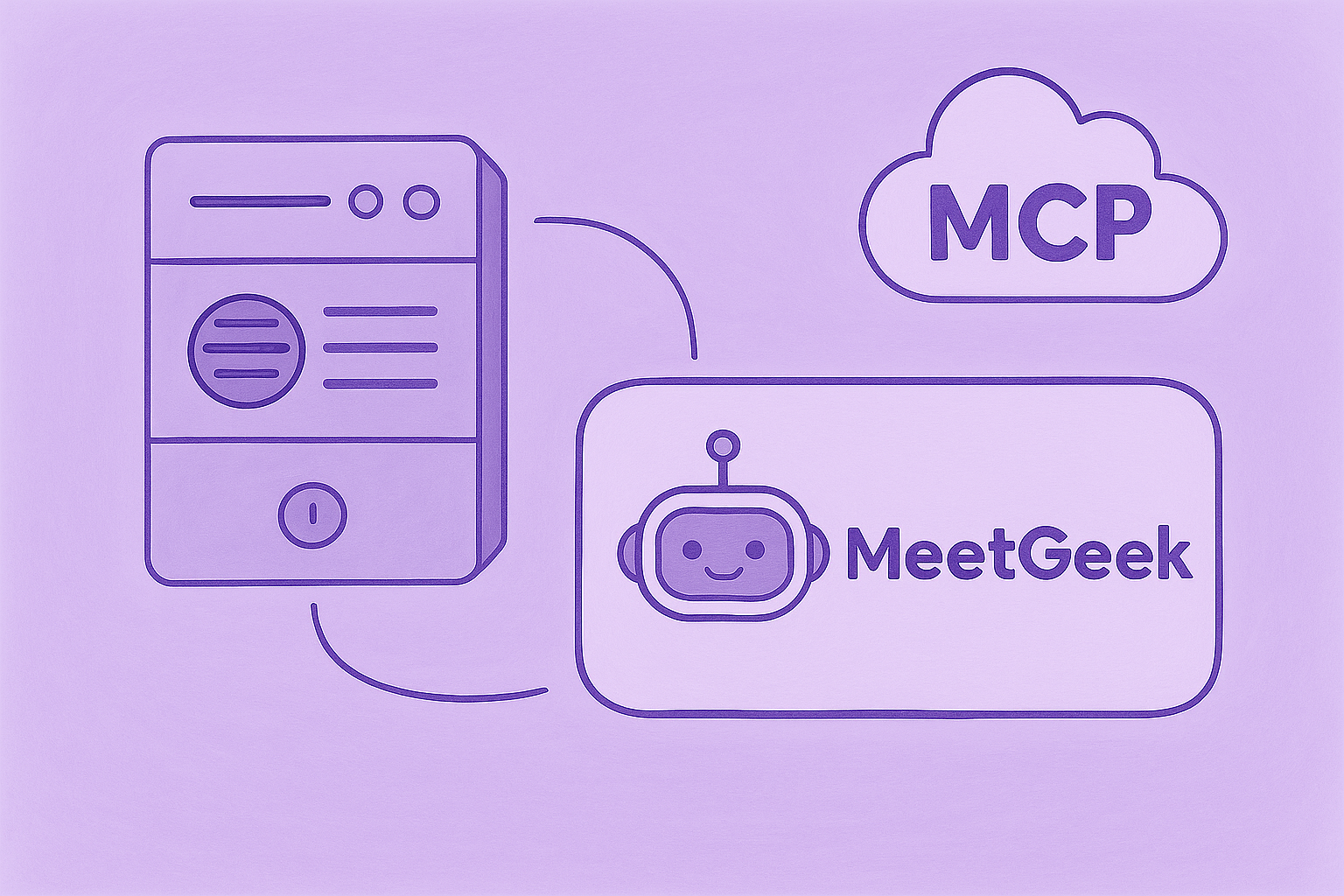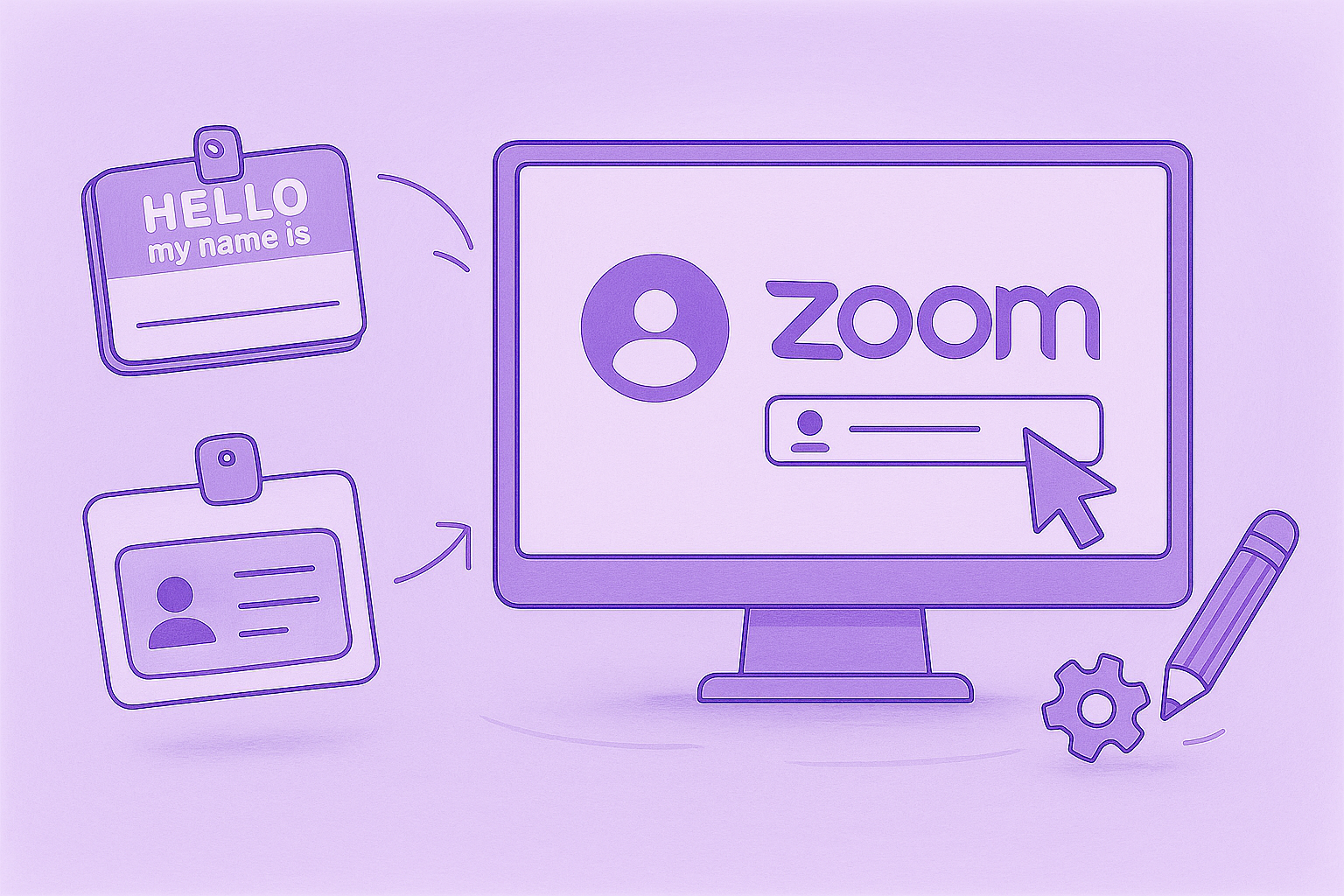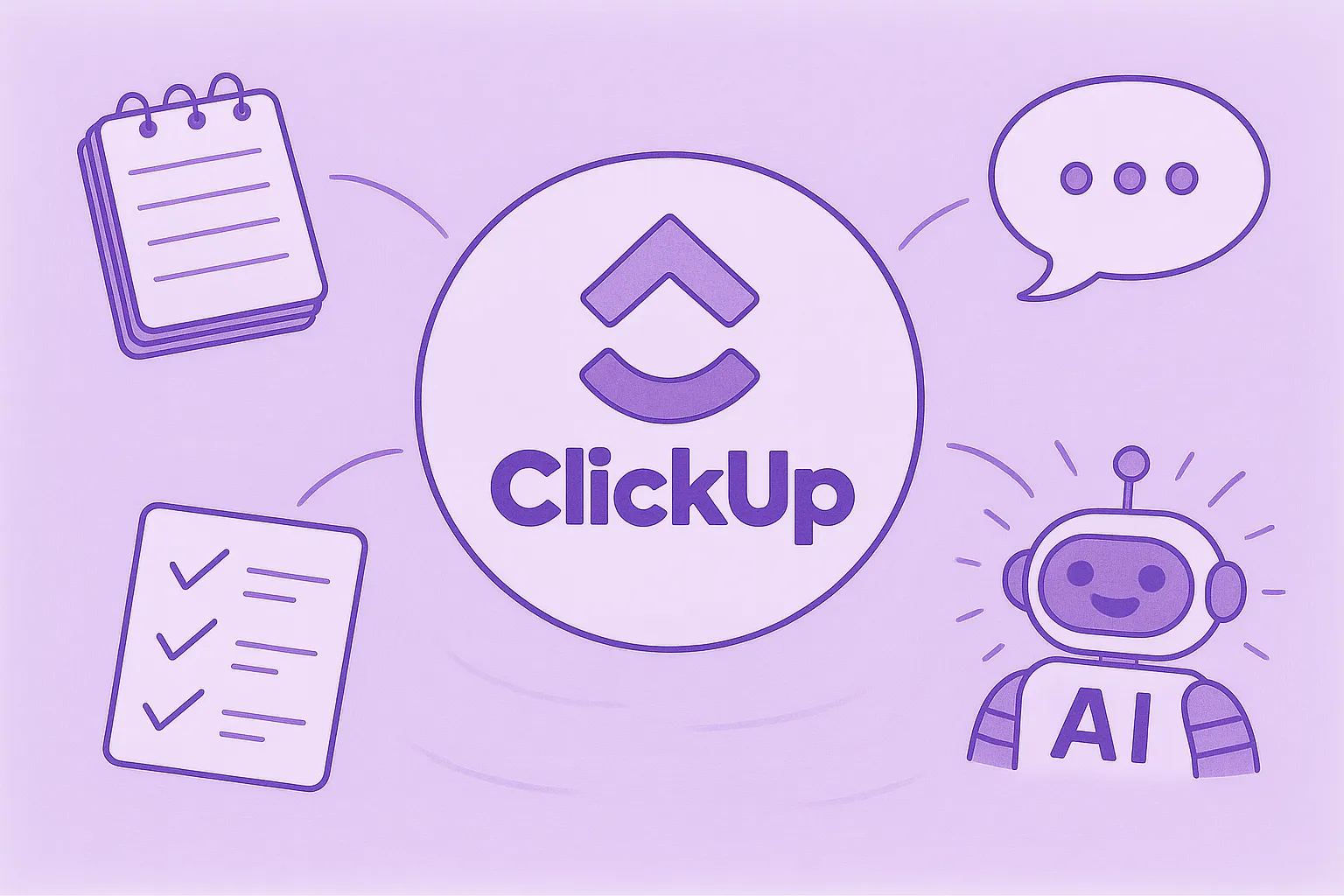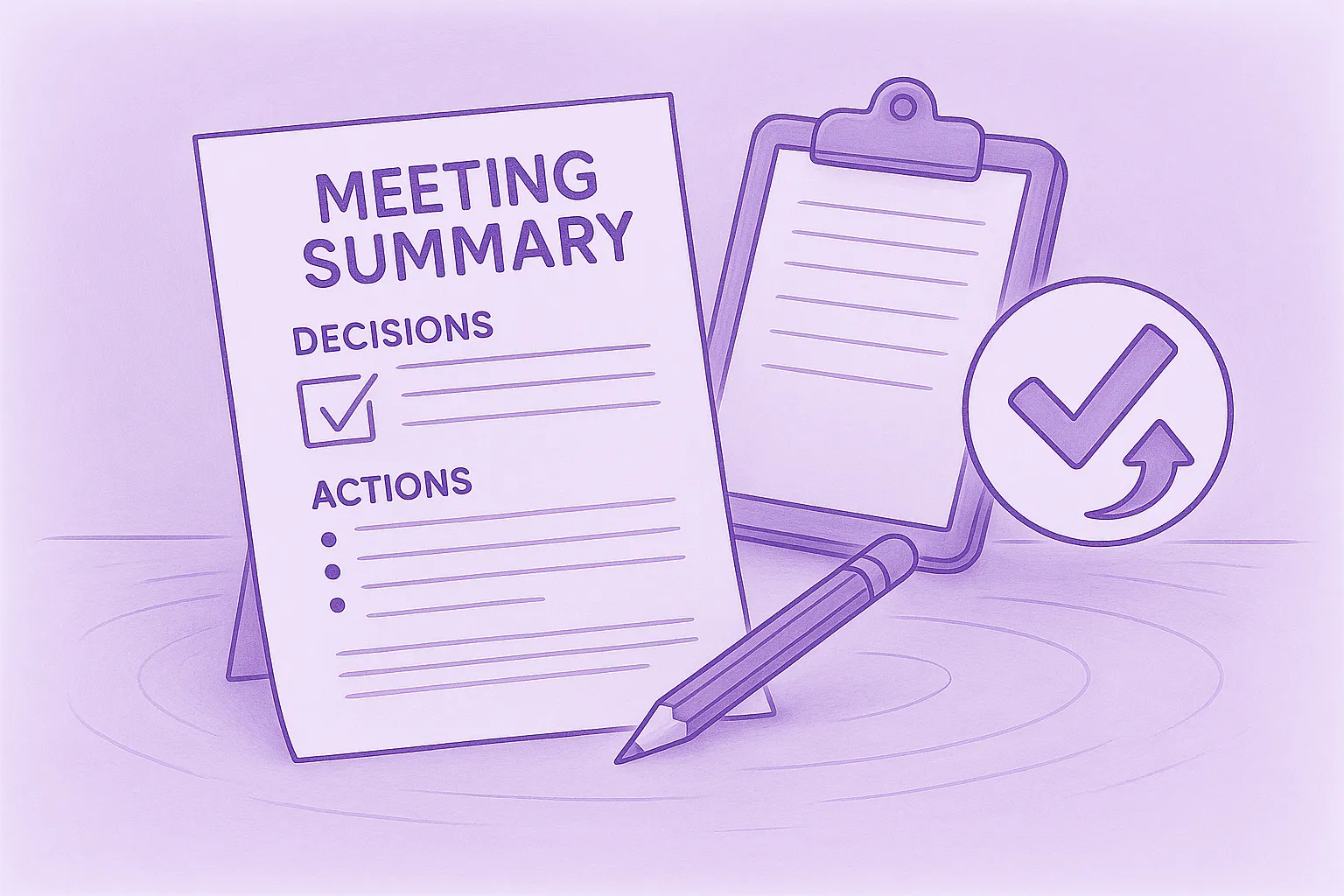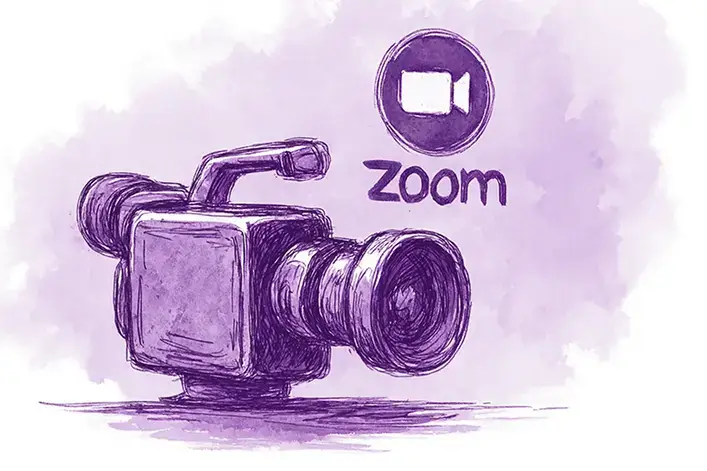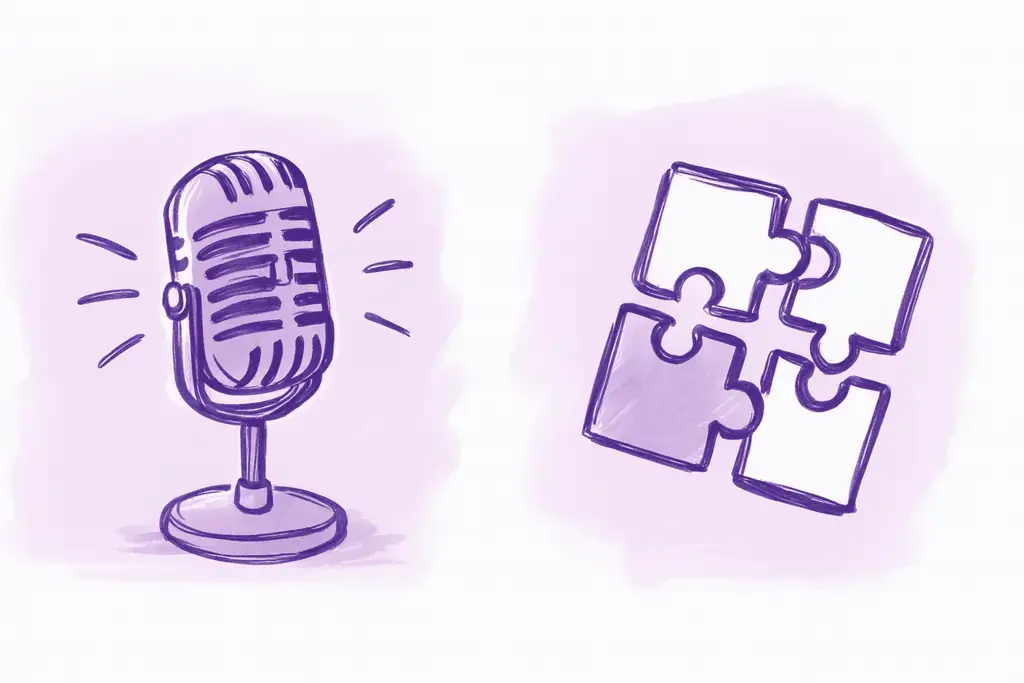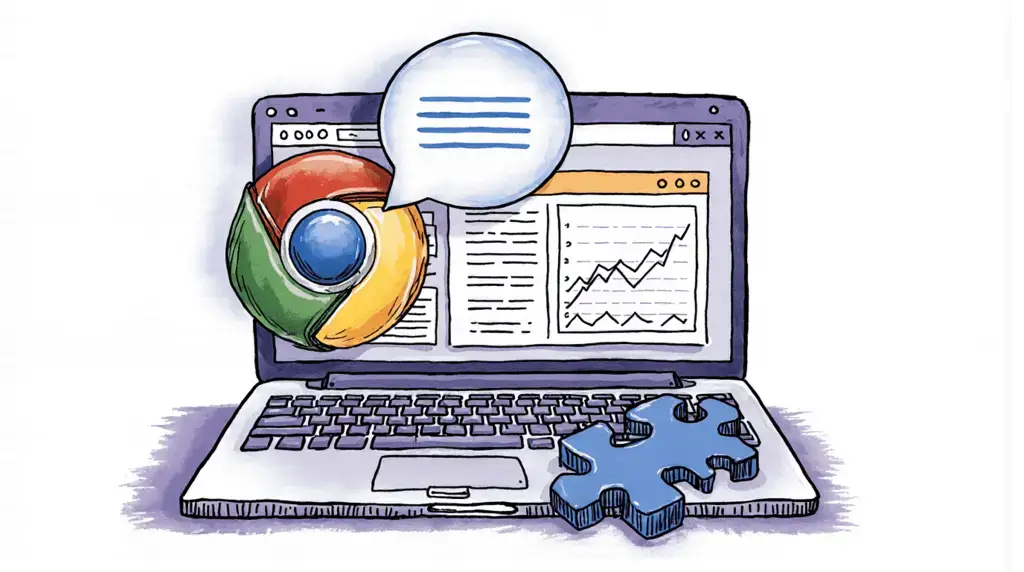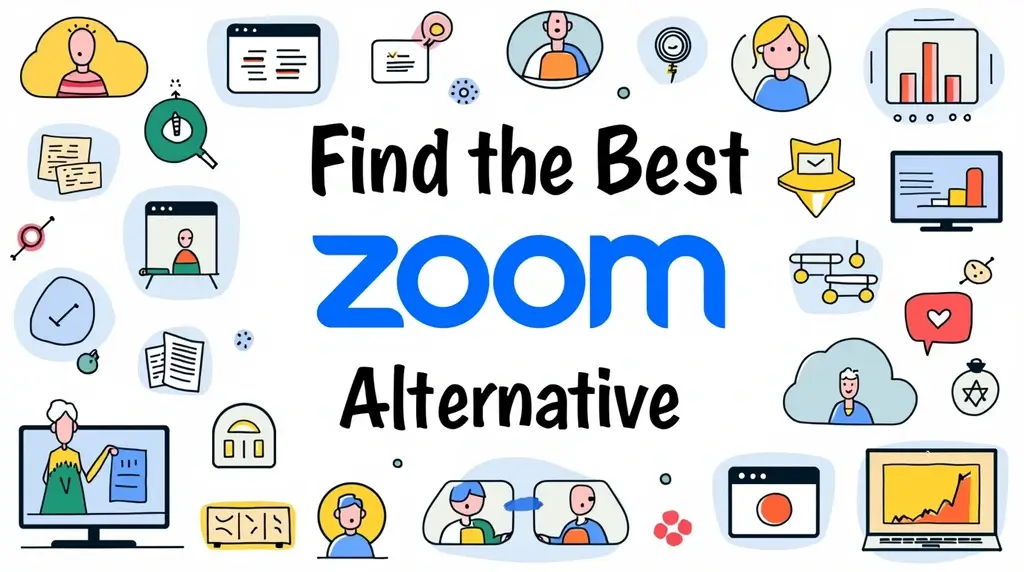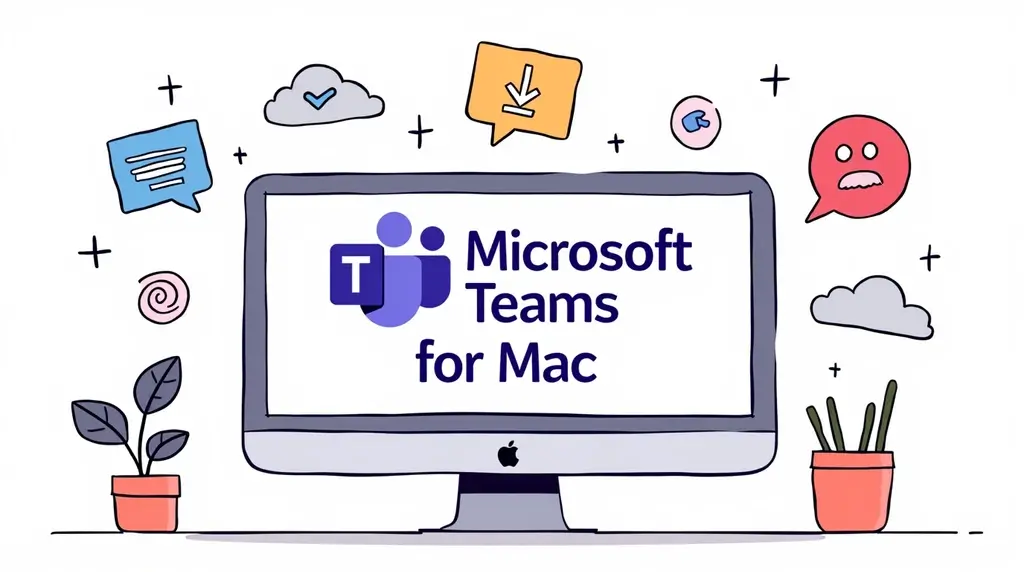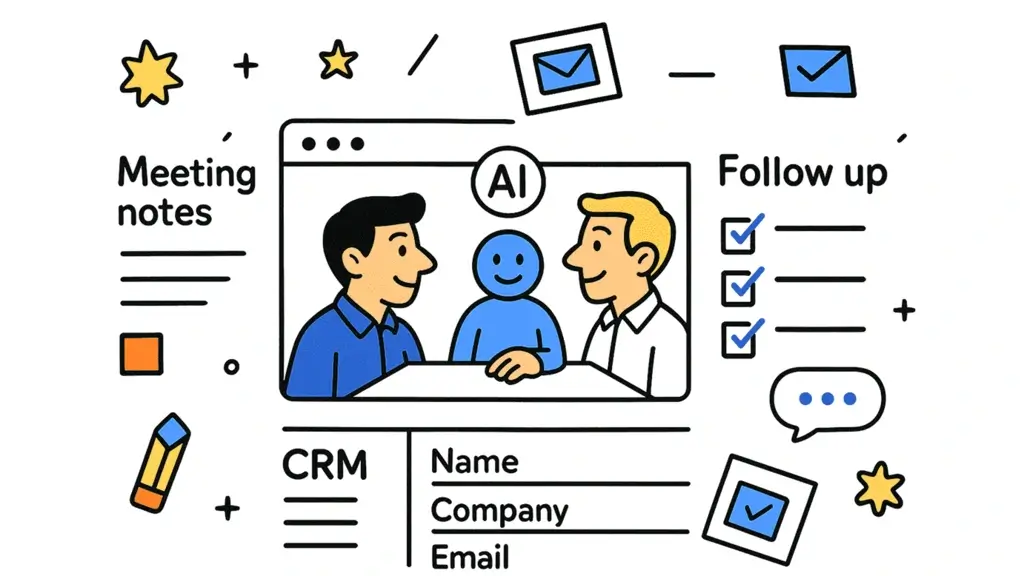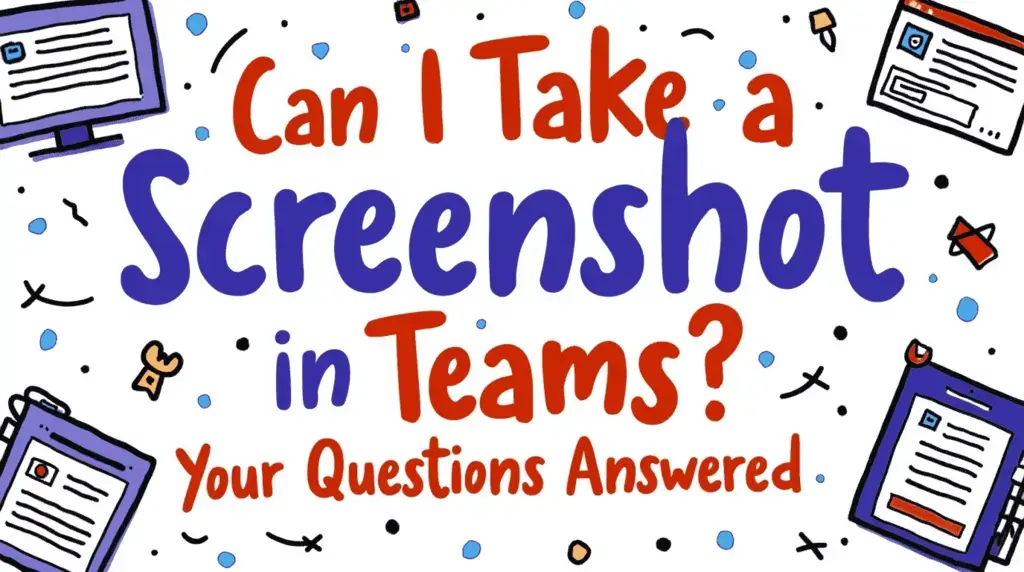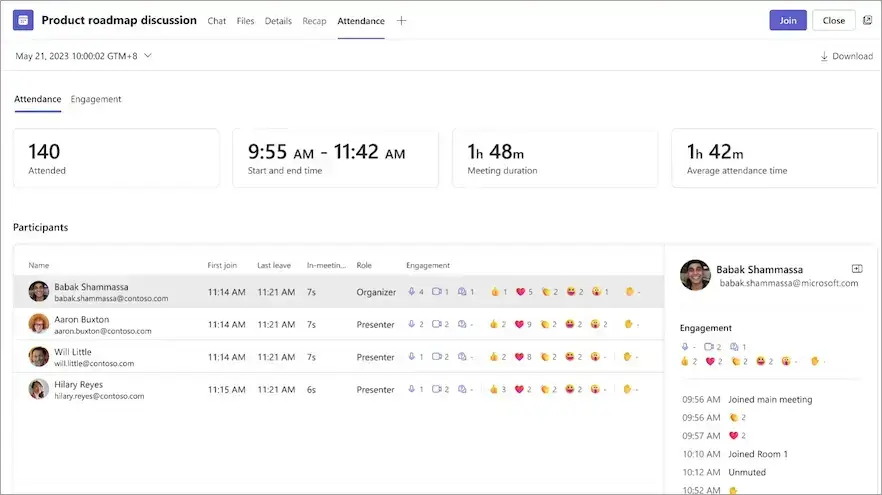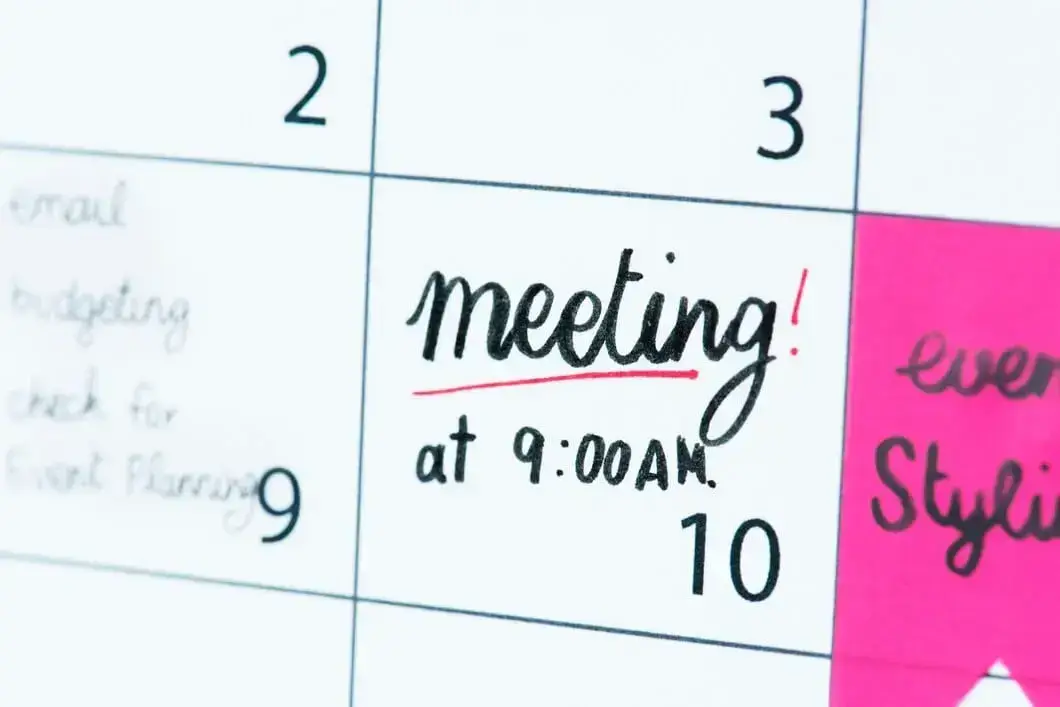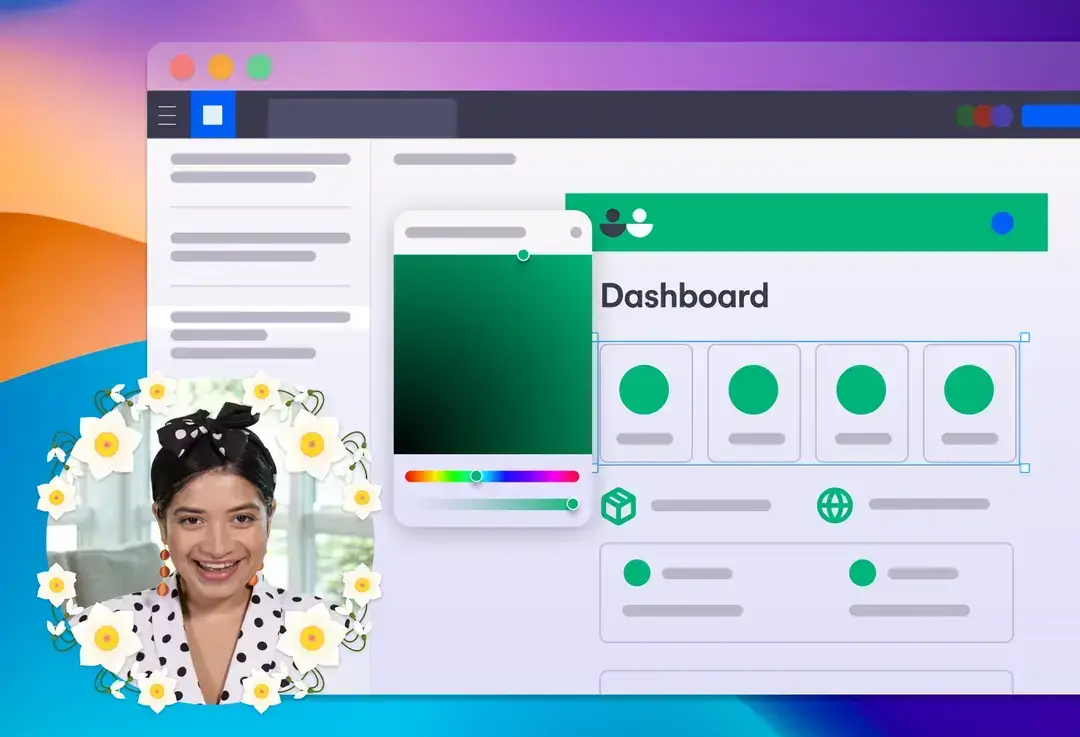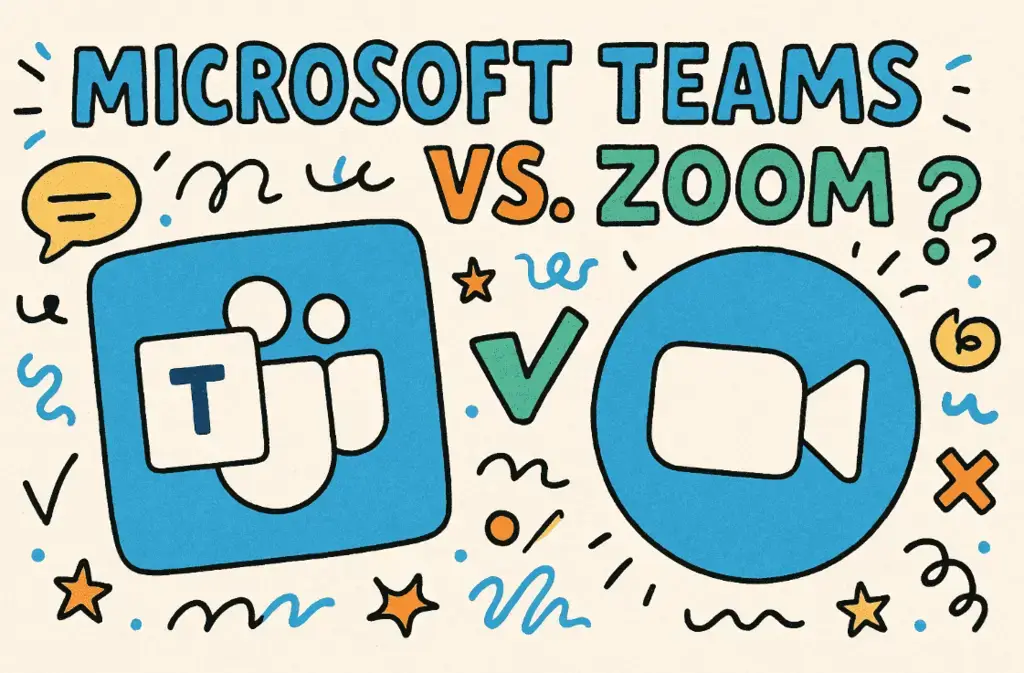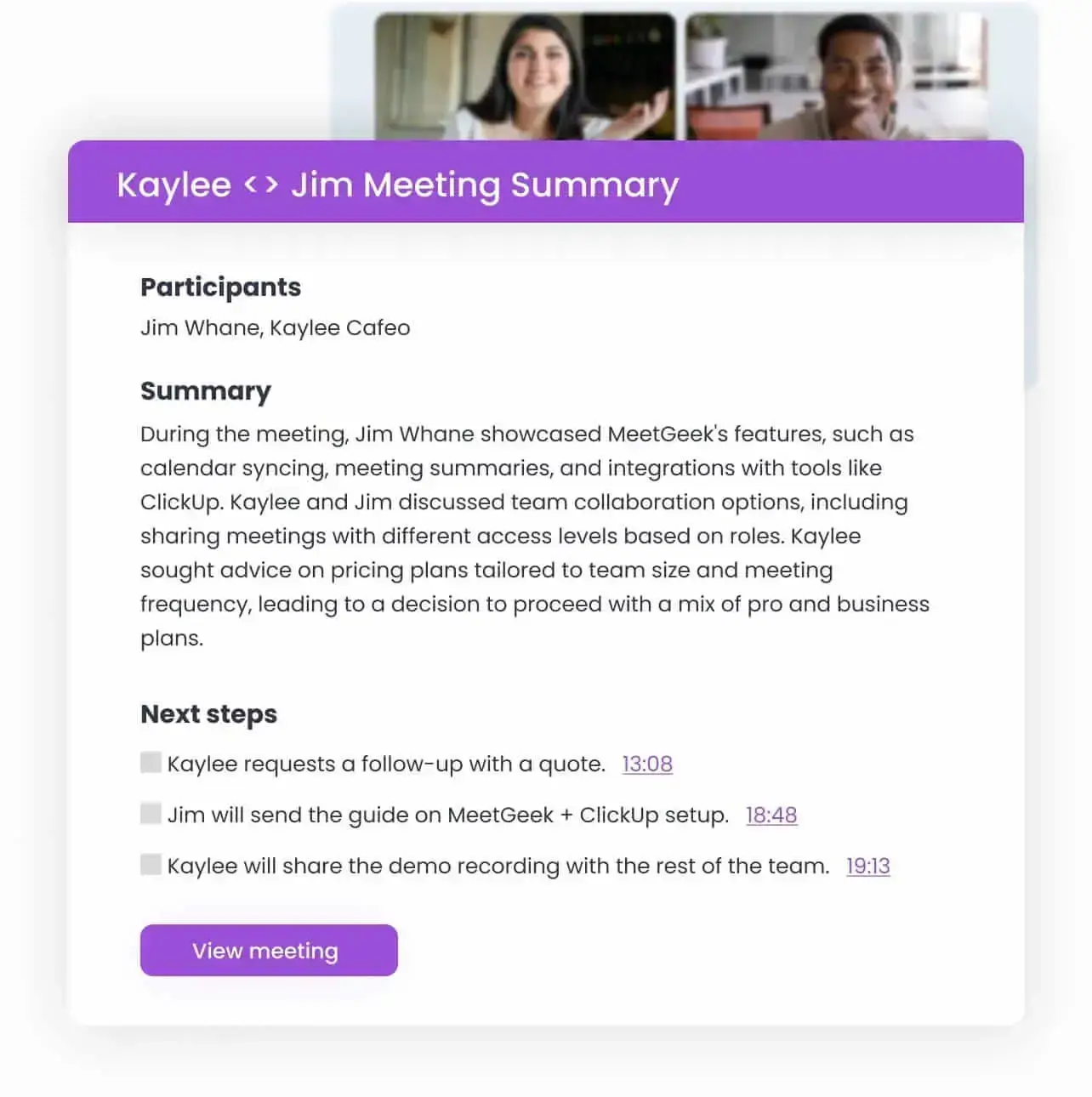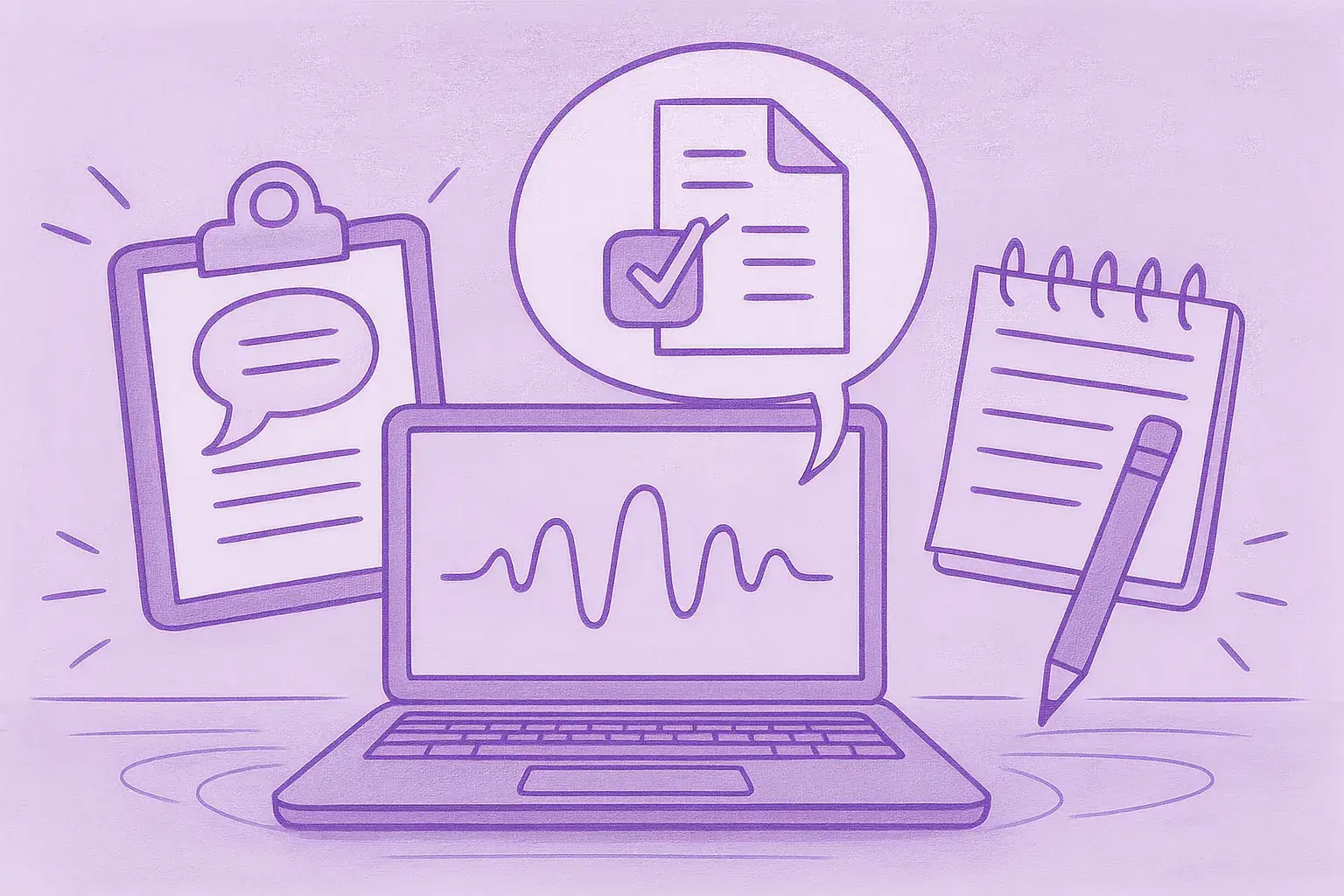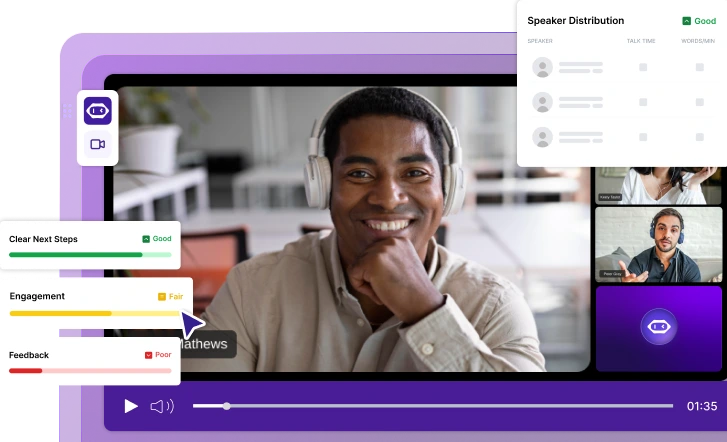The 5 A's of Effective Communication: A Startup Guide to Better Team Collaboration
Startup success isn’t just about great ideas—it’s about how well your team communicates. Discover the 5 A’s framework to improve collaboration, reduce friction, and turn conversations into action.

✅ Free meeting recording & transcription
💬 Automated sharing of insights to other tools.

Picture this: Your startup's latest feature launch is approaching, team tensions are rising, and somewhere between the Slack threads and Zoom calls, crucial information is gets lost in translation. While we often focus on tech stacks and growth metrics, research from the Founder Institute shows that communication patterns are key differentiators between successful and struggling startups.
The Science Behind Startup Communication
The Founder Institute's DNA Assessment, analyzing data from over 185,000 entrepreneurs globally, reveals that successful founders consistently demonstrate specific communication patterns. The Entrepreneur DNA is a personality test that measures 26 key traits like fluid intelligence, emotional stability, and self-reliance. These traits shape how different people process and share information.
Based on these insights, we have built a guide to communication strategies aligned with personality traits. We call it the 5 A’s Framework, and you can use it to improve your team dynamics and productivity.
Breaking Down The 5 A's Framework
Achievement: Result Driven Dialogue
Achievement-oriented communicators display high fluid intelligence and curiosity. They solve problems quickly and maintain focus on strategic objectives.
Key Characteristics: Goal-oriented, results-focused, pragmatic
Implementation Strategies:
- Set clear meeting objectives and success metrics
- Track and measure communication outcomes
- Document and follow up on action items
Tool Integration: Use MeetGeek to automate outcome tracking and action item management
Challenge Areas: May overlook relationship-building in pursuit of goals
Adaptability: Flexible Thinking
Adaptable communicators are strong in emotional control and innovation. They are not afraid to change course based on team needs and changing environments.
Key Characteristics: Quick learning, situational awareness, stress management
Implementation Strategies:
- Establish flexible communication protocols
- Create regular feedback loops
- Adjust approaches based on team needs
Tool Integration: Use meeting analytics to identify and adapt to communication patterns
Challenge Areas: May need structure to maintain consistent communication
Agreeableness: Building Bridges
Agreeable communicators demonstrate high collaboration and social skills. They resolve conflicts easily and sustain team harmony.
Key Characteristics: Empathy, conflict resolution, team cohesion
Implementation Strategies:
- Foster psychological safety in meetings
- Build inclusive communication practices
- Establish clear feedback channels
Tool Integration: Implement thorough meeting documentation to capture all perspectives
Challenge Areas: May need support in decision-making
Assertiveness: Clear Communication
Assertive communicators show strong proactiveness and decisiveness traits. They are fantastic in team coordination and project management.
Key Characteristics: Direct communication, decision-driving, clear expectations
Implementation Strategies:
- Structure clear feedback sessions
- Document decisions and rationale
- Set and communicate clear boundaries
Tool Integration: Use action item tracking and accountability systems
Challenge Areas: May need to balance directness with team sensitivity
Autonomy: Independent Thinking
Autonomous communicators score high in self-reliance and autonomy. They feel comfortable with initiating and don’t need to be micro-managed.
Key Characteristics: Independent decision-making, proactive communication, self-direction
Implementation Strategies:
- Create self-documentation protocols
- Establish asynchronous communication guidelines
- Define clear ownership boundaries
Tool Integration: Leverage automated meeting summaries for independent follow-up
Challenge Areas: May need support in collaborative decision-making
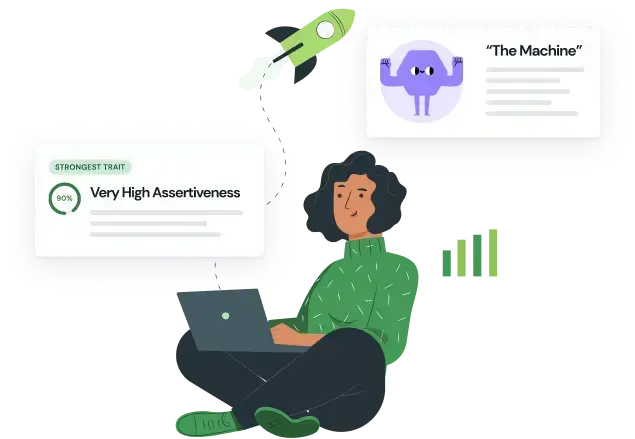
Measuring and Optimizing the 5 A's in Your Team
Implementing the 5 A’s framework starts with measurement. Consider tracking these key metrics:
- Meeting effectiveness scores: Evaluate how productive your meetings are.
- Action item completion rates: Track how well tasks are executed post-meetings.
- Team satisfaction levels: Use surveys to gauge morale and communication effectiveness.
- Communication clarity ratings: Assess how well information is conveyed and understood.
Regular Review and Adjustment:
- Conduct monthly communication audits to identify gaps.
- Hold quarterly feedback sessions to align team expectations.
- Continuously optimize tools and processes for better communication outcomes.
Impact on Startup Success
Startups that master the 5 A’s experience significant benefits:
- Faster decision-making
- Fewer communication-related conflicts
- Higher project completion rates
- Improved retention of key information
- Enhanced remote collaboration effectiveness
Building Your Communication Strategy
Short-Term Action Items:
- Assess your team’s current communication style.
- Identify primary and secondary communication traits within your team.
- Implement basic tools to track communication metrics.
- Establish baseline metrics to measure progress.
Long-Term Development:
- Create communication training programs tailored to your team’s needs.
- Develop feedback loops to ensure continuous improvement.
- Build team-specific playbooks for communication.
- Introduce mentorship programs to strengthen communication skills.
Moving Forward
Communication doesn’t need to be perfect—and it rarely is. However, better awareness can bridge gaps and stimulate collaboration. Founder Institute’s DNA profiles and the 5 A’s framework offer a practical way to understand and improve your team’s communication dynamics.
And yet, creativity often thrives in moments of disagreement or friction. The goal is not constant harmony but meaningful progress. So, where does your team stand on the 5 A’s spectrum?
.avif)


